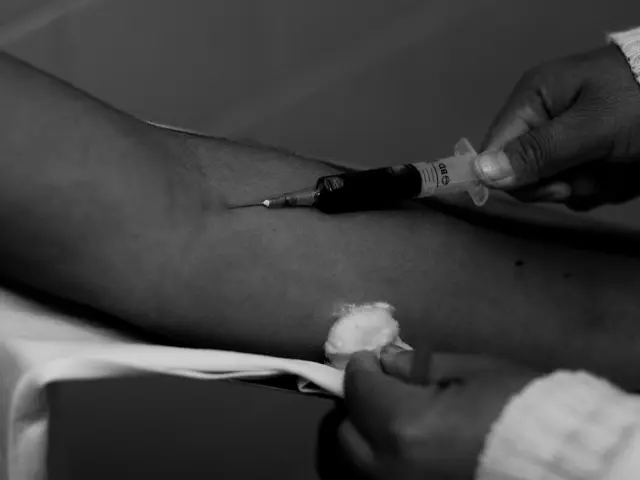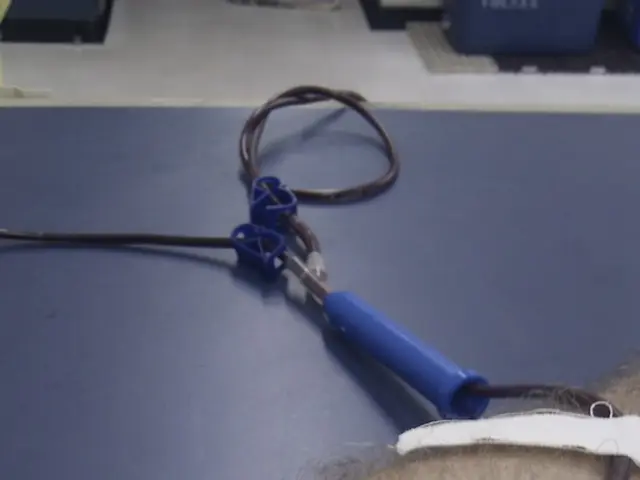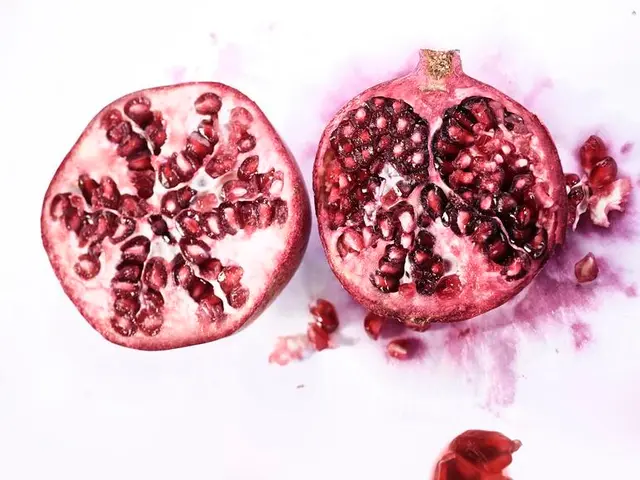Elevated Pollen Count - Algarve Exempted
In the coming weeks, several regions of Portugal are expected to experience high pollen concentrations, according to the Portuguese Society of Allergology and Clinical Immunology (SPAIC). The most common pollen sources during this period include grains from olive, cork, and oak trees, as well as grasses such as sorrel, plantain, chenopodium, nettle, and urticaceae (including pellitory).
High pollen concentrations are predicted to persist until June 19, 2025, in the regions of Castelo Branco, Coimbra, Évora, Lisbon, and Vila Real. In contrast, the pollen concentration in Porto and Faro (Algarve region) is expected to be moderate, while low concentrations are forecasted for Funchal (Madeira) and Ponta Delgada (Azores) during the same period.
The regional variation in pollen levels is attributed to differences in vegetation and climate influencing pollen dispersal across mainland Portugal and its autonomous regions. In Faro, the pollen concentration remains low to moderate, with a focus on olive and chestnut trees and grasses, plantain, chenopodium, bredo, and nettles.
In Castelo Branco (Beira Interior region), the pollen concentration will be moderate to high, with a focus on chestnut, cork oak, oak trees, grassy herbs, sorrel, plantain, chenopodium, bredo, and nettles. In Évora (Alentejo region), the pollen concentration will have moderate to high risk values, with emphasis on grains from olive, chestnut, eucalyptus, and cork oak trees and grasses, plantain, chenopodium, bredo, and nettles.
In Beira Litoral and the district of Lisbon, the forecasts also include herbs such as chenopodium, bredo, and nettle. In these districts, pollen grains from chestnut trees, grassy herbs, plantain, sorrel, and nettles are prominent. The districts of Trás-Os-Montes and Alto Douro (Vila Real), Entre Douro e Minho (Porto), Beira Litoral (Coimbra) and Lisbon and Setúbal continue to have moderate to high risk.
Meanwhile, the Azores and Madeira regions will maintain low pollen levels. In Ponta Delgada (autonomous region of the Azores), the pollen concentration will be low, but for cypress (and/or cryptomeria), pine, eucalyptus, and chestnut trees, and also grasses, plantain, nettle, and urticaceae. In Funchal (autonomous region of Madeira), the pollen concentration will be low, especially for cypress and eucalyptus trees and also grasses, nettles, and urticaceae.
These forecasts serve as a reminder for individuals with pollen allergies to take necessary precautions, such as avoiding outdoor activities during peak pollen hours, wearing a pollen mask, and taking allergy medication as prescribed by their healthcare provider. It is also advisable to monitor local pollen levels and stay informed about any updates in the forecast.
[1] SPAIC (Portuguese Society of Allergology and Clinical Immunology) forecasts.
- The Algarve region, specifically Faro, is predicted to have moderate pollen levels, with a focus on olive, chestnut trees, grasses, and nettles.
- In contrast, Funchal in the Madeira region and Ponta Delgada in the Azores are expected to have low pollen concentrations.
- Individuals with pollen allergies in Portugal should take necessary precautions, such as avoiding outdoor activities during peak pollen hours, wearing a pollen mask, and taking allergy medication as prescribed by their healthcare provider.
- The regional variation in pollen levels is attributed to differences in vegetation and climate influencing pollen dispersal across mainland Portugal and its autonomous regions.
- In regions like Castelo Branco, Evora, Lisbon, and Vila Real, high pollen concentrations are predicted to persist until June 19, 2025.
- Mental health, skin care, nutrition, and fitness and exercise are equally important aspects of health and wellness, regardless of the pollen levels.







